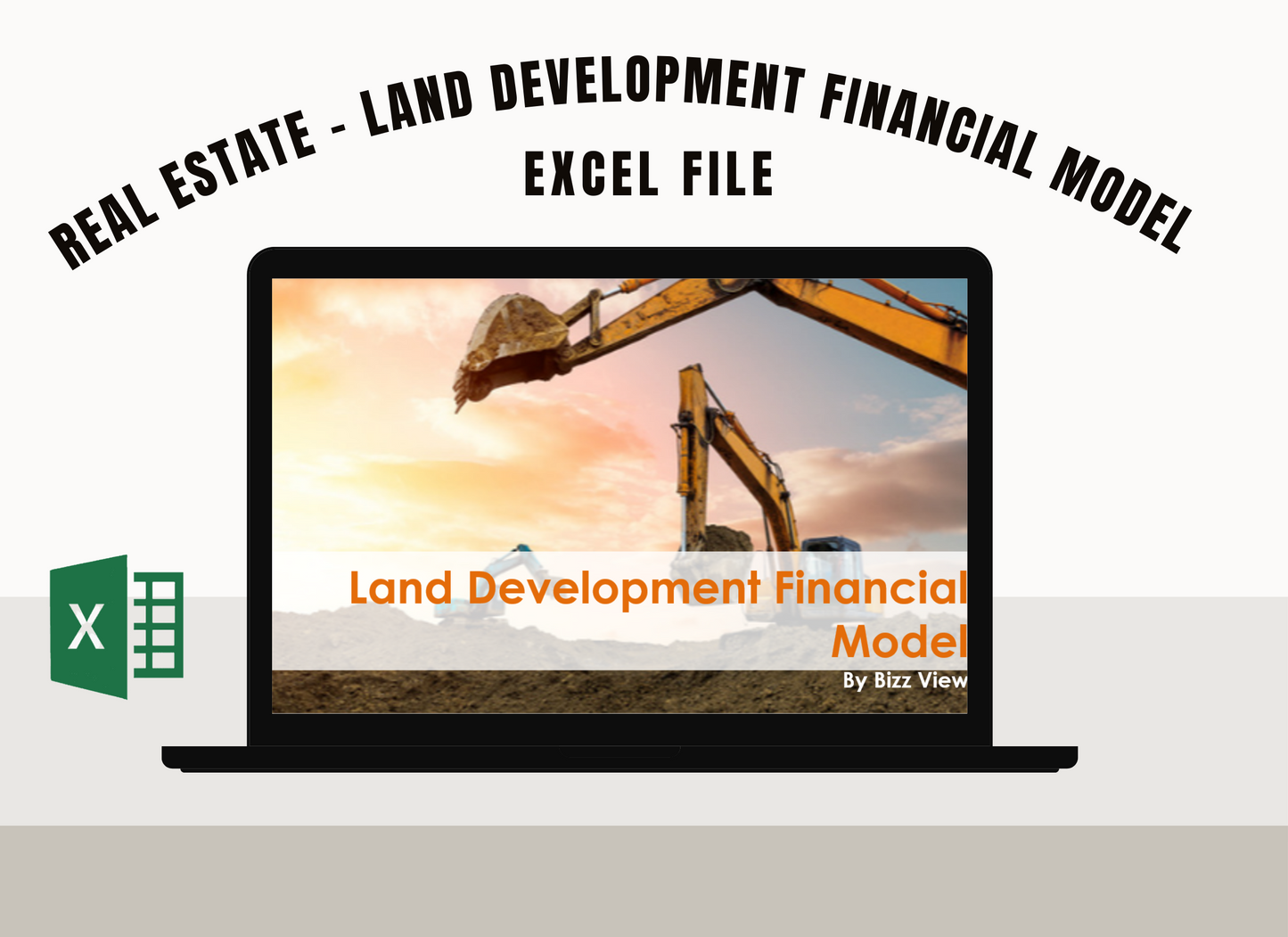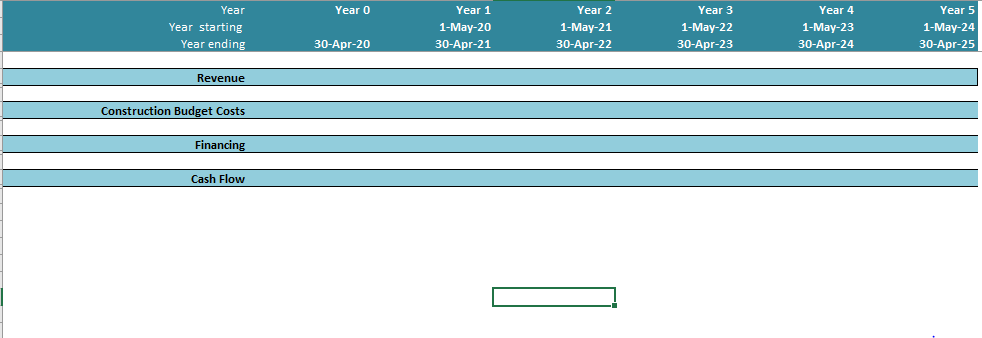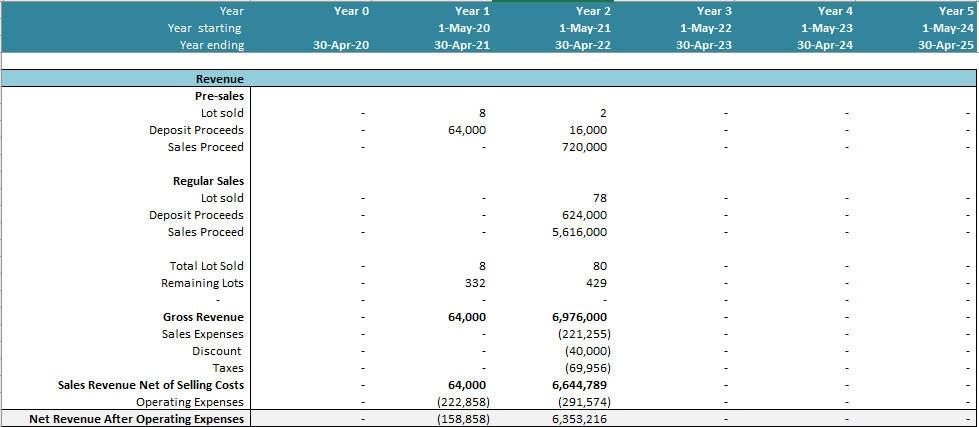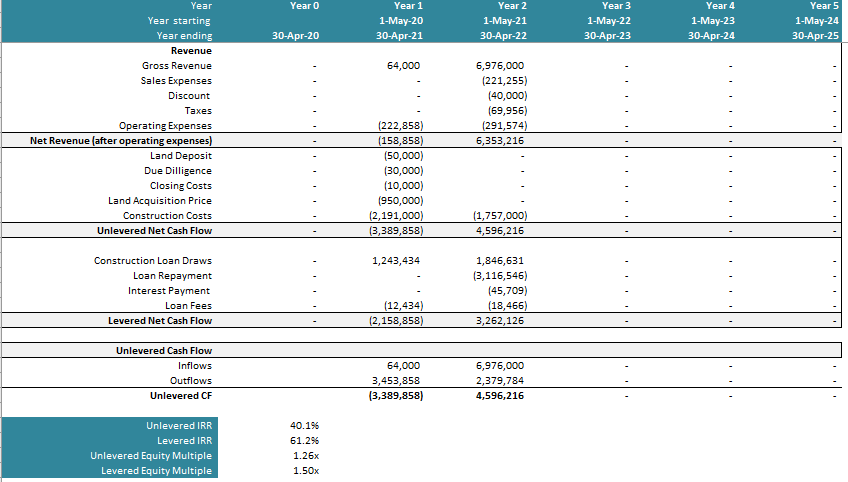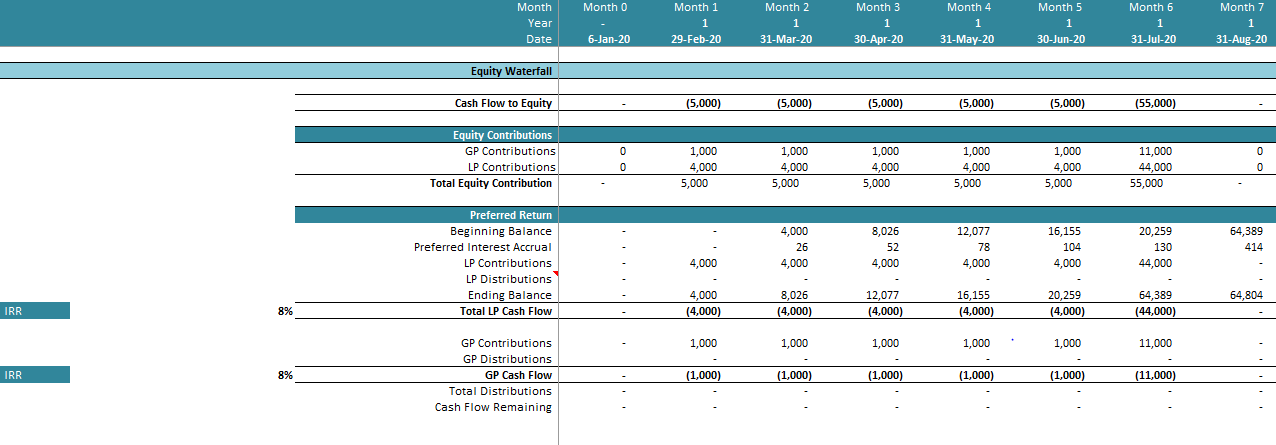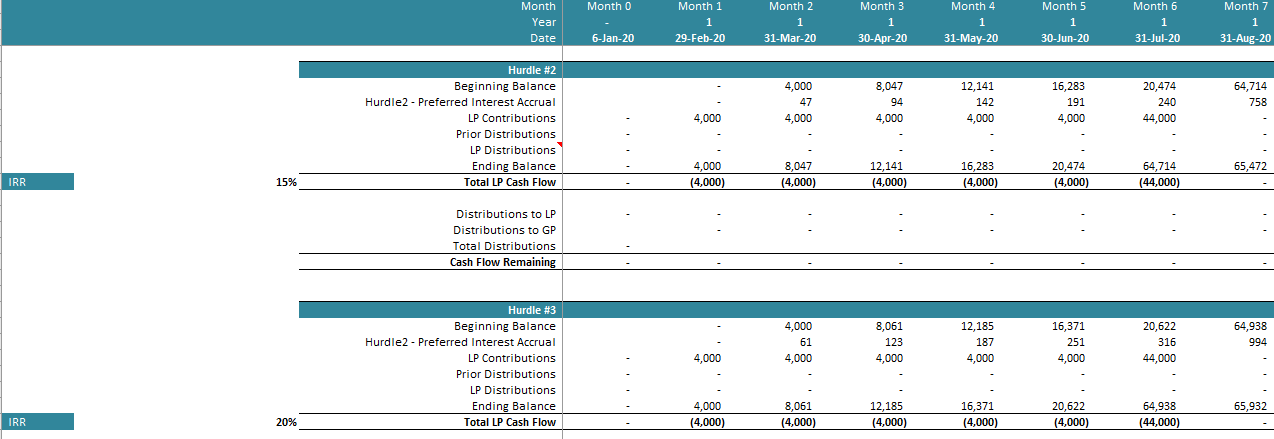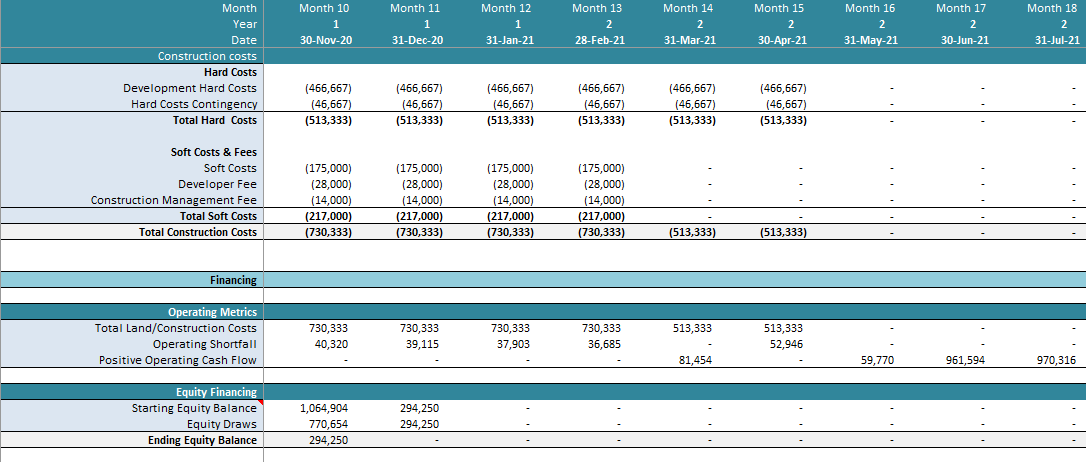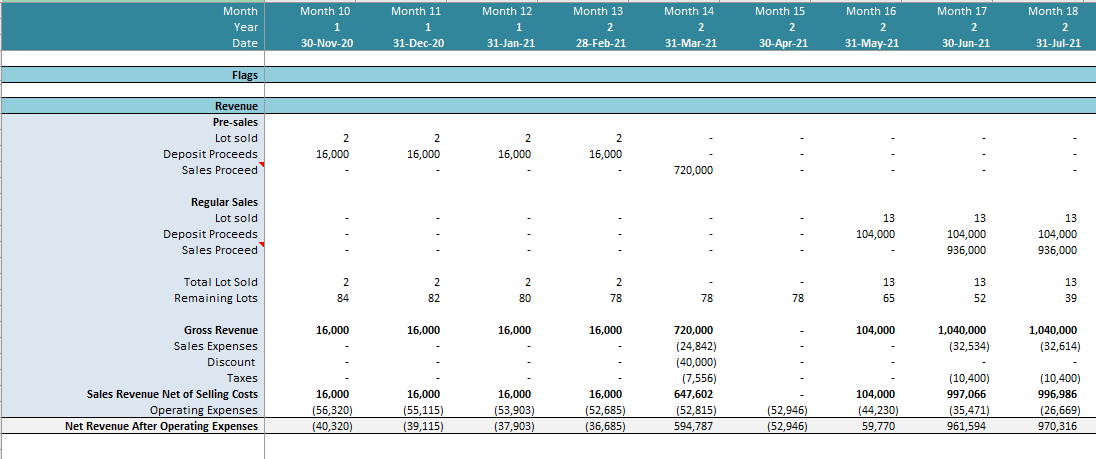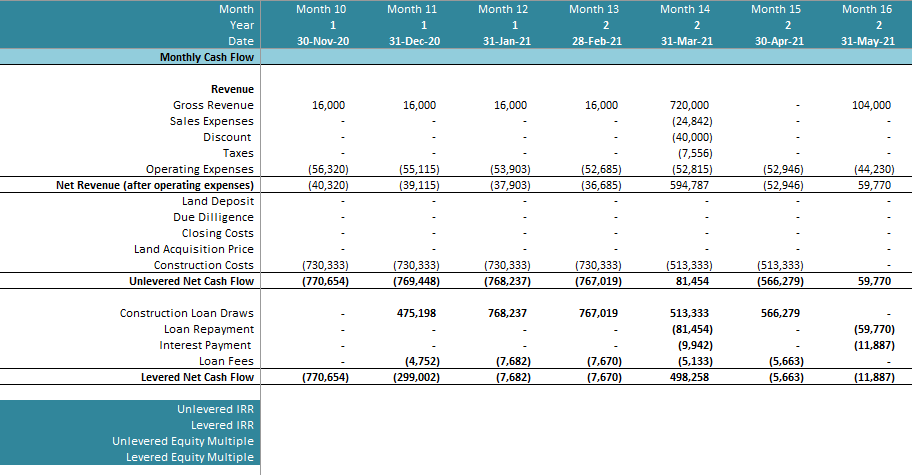Bizz View
Real Estate - Land Development Financial Model
Real Estate - Land Development Financial Model
Couldn't load pickup availability
This real estate financial model is an advanced, institution-grade tool designed to assess potential returns and estimate land development projects swiftly. It comprises an accessible interface with only three tabs, offering users a detailed Excel spreadsheet for comprehensive analysis.
The model is structured to simulate a single phase of horizontal development, starting with land acquisition at the entitlement month, followed by the start of construction. It incorporates a due diligence phase before purchase, accounting for expenses (equally distributed throughout this period) and culminating in a land deposit at the end of due diligence.
Sales are projected in two stages: pre-sales, offering lots at a discount to the average sale price, and regular sales, where standard pricing applies. It anticipates a deposit payment upon purchase, with the remaining balance received post-closing. Construction costs, both hard and soft, are allocated evenly across the construction timeline.
Users are prompted to input financing details—rate, term, and loan-to-cost ratio—to enable the model to project up to 120 months of unlevered and levered cash flows.
Model Features:
- Dashboard-Style Summary Tab: Designed for ease of use, this tab highlights input fields in bold blue, distinguishing them from calculations and labels, and provides a concise overview of all required assumptions.
- Dynamic Monthly & Annual Cash Flow Analysis: This functionality calculates essential investment metrics on a monthly basis to evaluate project feasibility and value.
- Reverse-Engineering Funding Requirements: The model intelligently calculates the necessary equity or loan funding amounts and their timing.
- Equity-First Financing: Initial construction and operational costs are covered by equity, with subsequent expenses financed through loan draws.
- IRR Sensitivity Analysis: Users can assess the impact of variations in sale price, land acquisition cost, and construction cost on the internal rate of return (IRR).
- Equity Waterfall Model: The option to set a two to four-tiered structure allows for determining capital distribution and return rates for limited and general partners.
